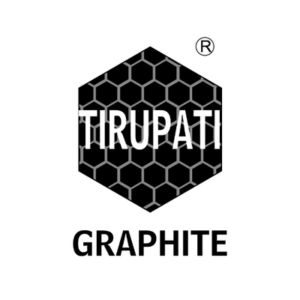Graphite, a naturally occurring crystalline form of carbon, is increasingly in demand across various industries due to its unique properties and versatile applications. Over the next decade, global graphite usage is expected to grow at an average annual rate of 6.5%, with the total market value projected to reach around USD 46.2 billion by 2033.
One of the key factors driving this surge is graphite’s exceptional electrical and thermal conductivity, which makes it indispensable in high-tech industries. Its ability to reduce friction, known as lubricity, further enhances its utility in industrial applications where efficient heat and electricity conduction, as well as machinery durability, are essential.
In the energy sector, carbon graphite has gained prominence as a preferred anode material in batteries. Its porous structure allows for efficient energy storage and release, making it ideal for lithium-ion batteries used in everything from smartphones to electric vehicles. As the shift towards renewable energy and electric mobility continues to grow, the demand for high-quality graphite in anode applications is also rising significantly.
While natural graphite remains highly sought after, synthetic graphite is also gaining traction, particularly in specialised industrial processes. Known for its consistent quality and high purity, synthetic graphite is favoured in various applications, including batteries, lubricants, crucibles, and refractories. The ability to tailor synthetic graphite to specific industrial needs adds to its appeal, contributing to its expanding market share.
In the realm of modern manufacturing, graphite is also making waves as a feedstock in 3D printing. Its excellent thermal and electrical properties, combined with its ease of shaping, make it an ideal material for producing complex, high-performance components. As 3D printing technology evolves, graphite’s role in this innovative field is expected to grow, leading to new possibilities in product design and manufacturing.
Several factors are fueling the rising demand for graphite. The global emphasis on clean energy solutions is increasing the need for advanced batteries, where graphite is a critical component. Additionally, the expansion of the electric vehicle market, advancements in renewable energy storage, and progress in electronics all contribute to the growing demand. The development of 3D printing technologies further broadens graphite’s applications, pushing its sales to new heights.
Graphite’s unique characteristics and broad range of applications are driving its status as a crucial material in modern industries, with its market poised for significant growth in the coming years.
Tirupati Graphite PLC (LON:TGR) is a fully integrated specialist graphite and graphene producer, with operations in Madagascar and India. The Company is delivering on this strategy by being fully integrated from mine to graphene. Its global multi-location operations include primary mining and processing in Madagascar, hi-tech graphite processing in India to produce specialty graphite, and a state-of-art graphene and technology R&D center to be established in India.


